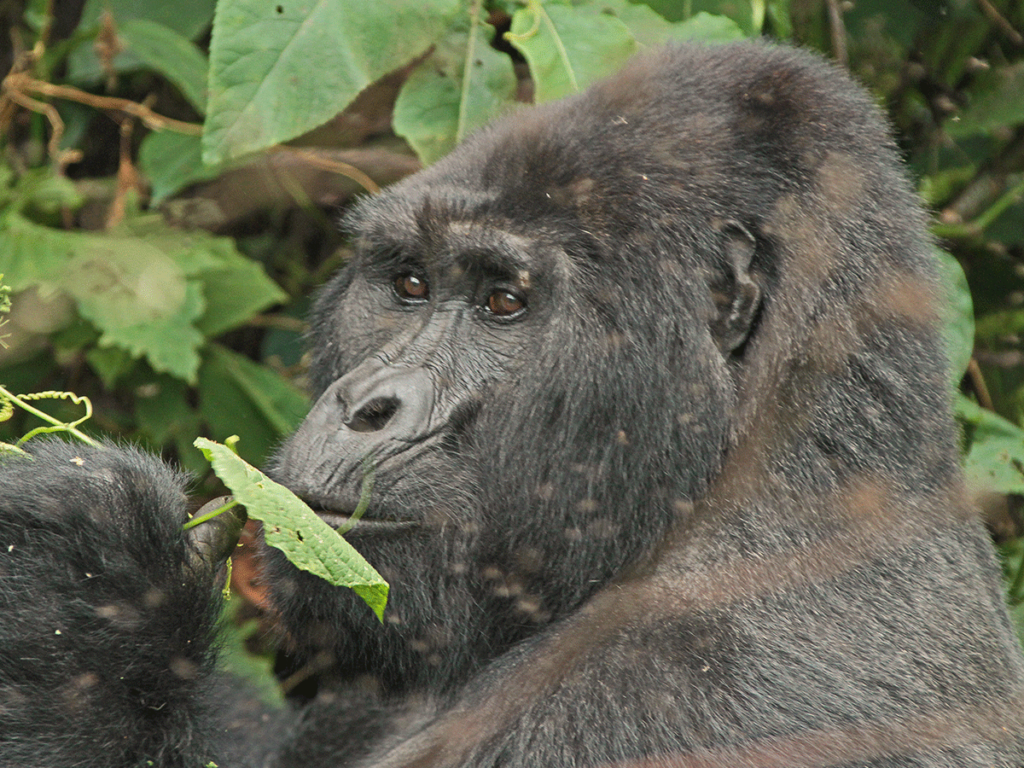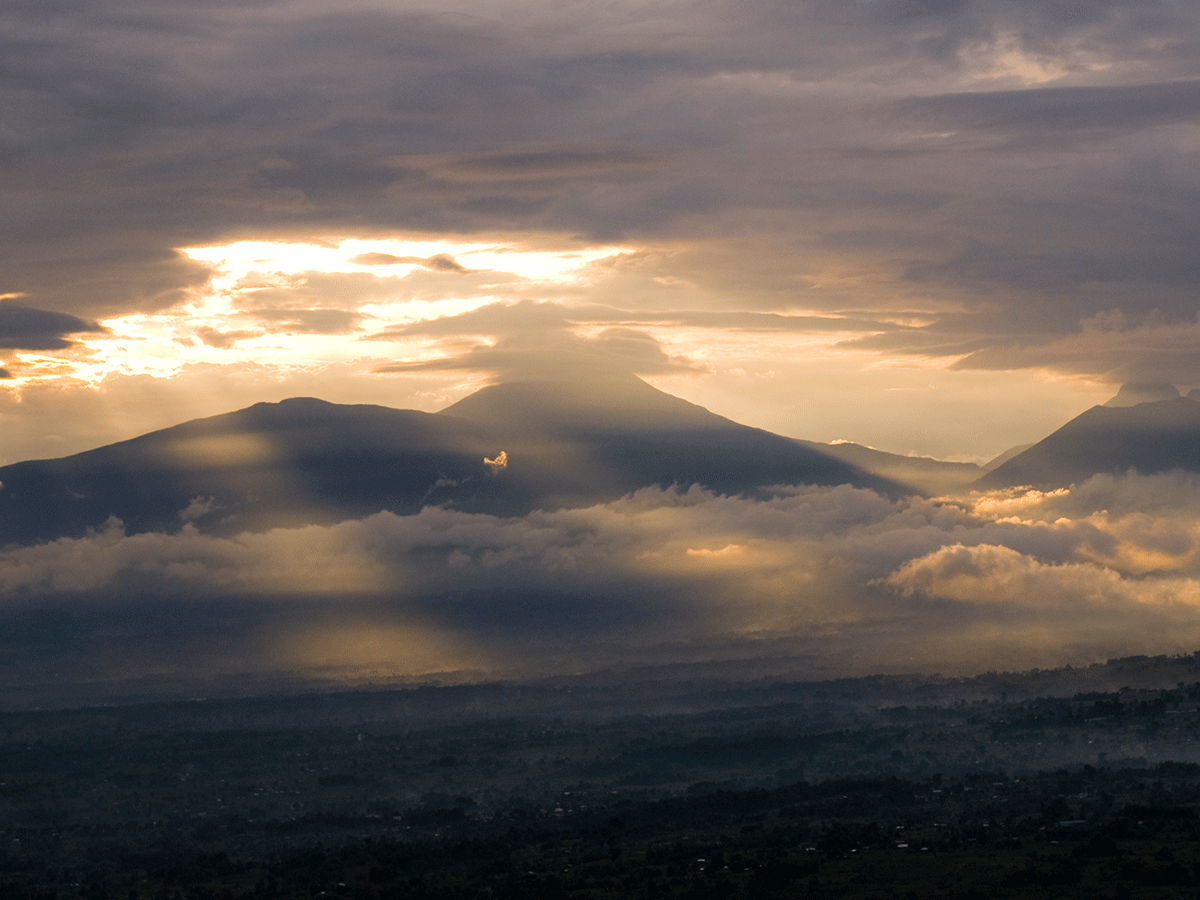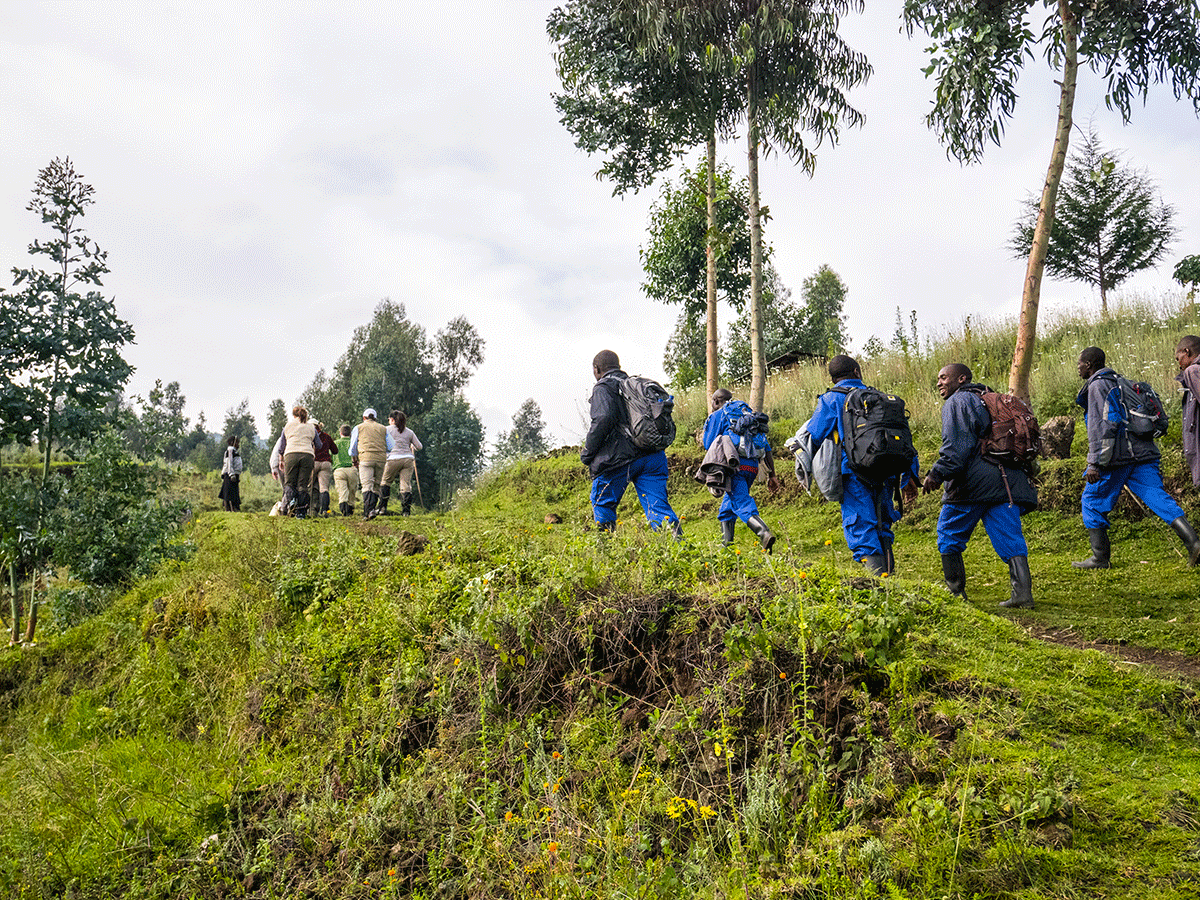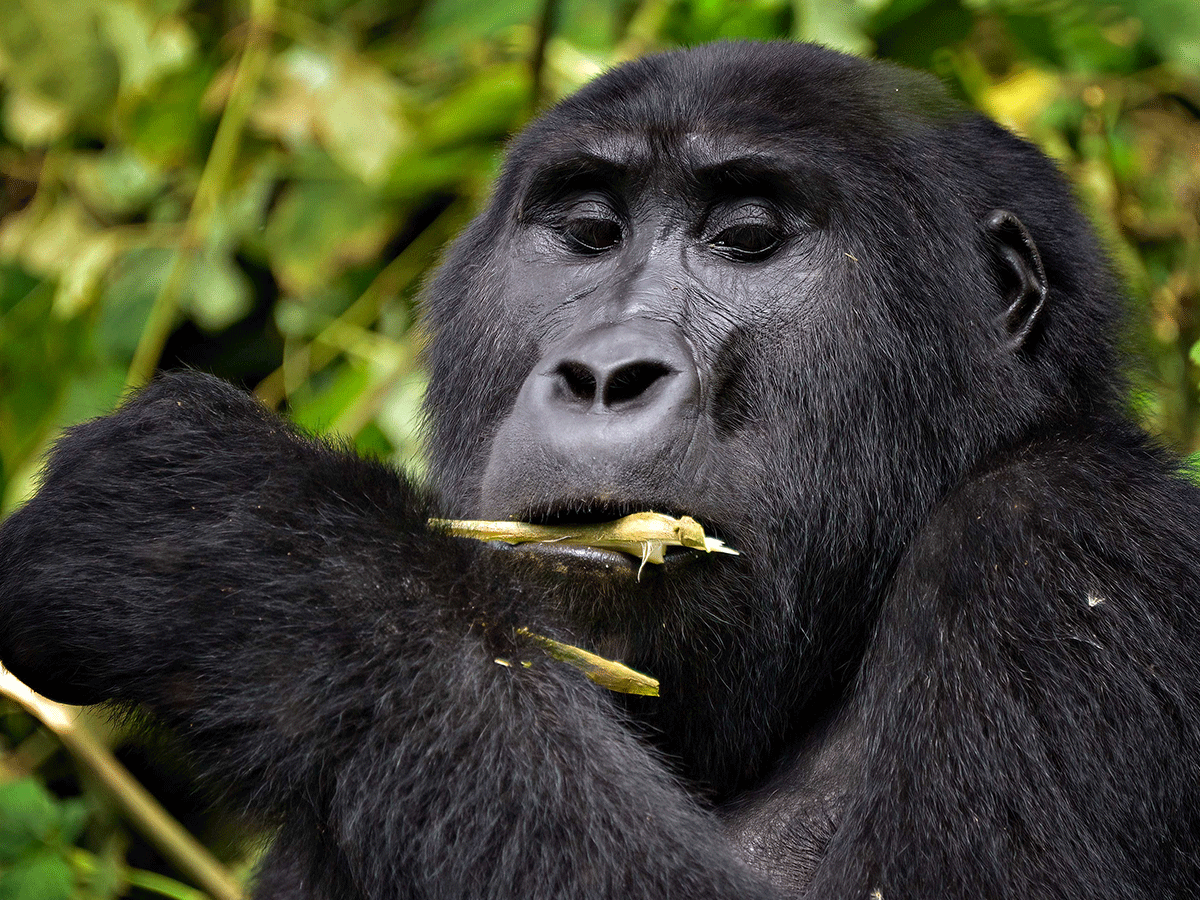Photography Safaris in Africa
Photography Safaris in Africa
Set out on a photo safari amid some of Africa’s most spectacular landscapes and hone your skills while photographing an ever-changing tableau of wildlife. Learn how best to capture movement and light as you frame dazzling herds of zebras, majestic lion pride, and wildebeests on their annual migration across the Serengeti. Spend time with the Maasai and document their traditions in the Ngorongoro Highlands.
All you need to know about Photographing in Africa
What are the best times of the year for photographers to visit Africa?
The best time to visit them is from May to September, during the dry season and winter, which results in more moderate temperatures. There is also less vegetation during these months, so animals tend to concentrate around waterholes and rivers, making wildlife easier to spot.
How much time do you recommend we spend at each camp?
We recommend you spend at least three nights at each camp. The best time of year to safari really depends on where and when you travel in Africa. Usually, you’ll want to travel in the driest season when the safari experience is most dramatic, typically between June and October.
Can I find a specialist photographic guide in Africa to accompany my safari?
There are limited photography safari guides across Africa and the few can come at a cost so travelers can either be experienced in using their equipment or they will incur the expenses of an expert photography guide.
Will the camps have specially-equipped photographic vehicles?
Depending on where you go some countries like South Africa, Namibia, Botswana, Zambia, Zimbabwe, Tanzania, and Kenya will be able to provide specialist photography vehicles but in other African countries you may need to improvise please contact our experts for advice
How close will I get to the wildlife?
Well, the first rule is: try not to disturb the wildlife. If your position is agitating the animal – withdraw (especially if it’s an elephant!). Secondly, all animals are different. Each elephant, for example, has its own personality. So…while it is possible to generalize, be alert in every situation.
Generally, be wary of mothers (and other females in the family) wanting to be all motherly, and protect their young. Lone males (i.e., elephants) can often be full of testosterone and quite skittish. Lone animals that normally cruise in a herd (such as buffalo) are probably old or sick and should be given a wide berth.
Expert guides who get their safari vehicles very close to animals will know the herds, and even individuals in the area, and are used to interacting with them. They also will be attuned to early warning signs much better than the average safari-goer.
Where can I get access to computers and editing software to use while on safari?
In an honest opinion, it’s better to travel with your own computer as you may find computers, not in good shape or they may have a virus so it’s better to bring your own.
What are the luggage allowances for camera equipment on domestic flights?
A trip with a small and light suitcase certainly has its advantages. But what about the camera gear? The camera is allowed in your carry-on and you should always take it with you on board. It is definitely feasible to travel with reduced luggage plus photo equipment. However, most domestic airlines in Africa will require about 15-20 kgs and extra is charged extra so beware to pay for extra language.
Will the camps have charging areas for my batteries?
Most camps in prime photographing areas have solar-powered camps and these are backed up by a standby generator so yes charging is possible in the camps however some camps may charge extra for use of power but our experts will keep you informed.
Can I bring a drone?
Drone regulations vary widely on a country-by-country basis in Africa. Some countries require permits, others require licenses and others require nothing at all. Moreover, bringing a drone into a country can cause it to be seized at customs without the right paperwork.
What to expect
Photographers should expect long days in harsh climate some times during the photographic safari and clients are expected to bring proper covers for their equipment as some areas are dusty and the rods are bumpy
Physical fitness before traveling to Africa for filming
Travelers should be in good health and comfortable sitting for extended periods of time. Excursions include safari drives in open vehicles on dusty, bumpy roads; nature walks, primate treks like gorillas and chimpanzees on uneven terrain; and sometimes climbing stairs without handrails.
Where to photograph in Africa
Where to photography in Africa depends on the interest of the photographer but some of the best places to photograph wildlife include South Africa, Botswana, Namibia, Zimbabwe, Zambia, Tanzania, Kenya, Rwanda, and Uganda.
START PLANNING YOUR SAFARI NOW!
Talk to one of our African adventure experts and let them tailor-make your safari
You might also be interested in...
Our experts have hand-picked further safari packages to suit your adventure dreams.
Inspirational journeys




